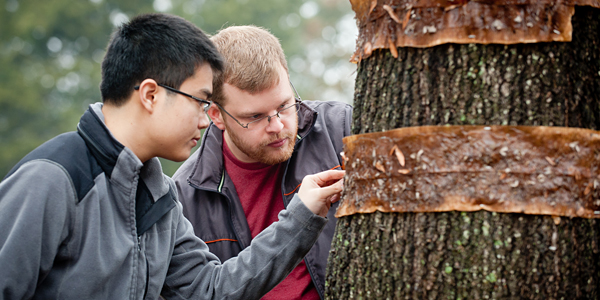entomology
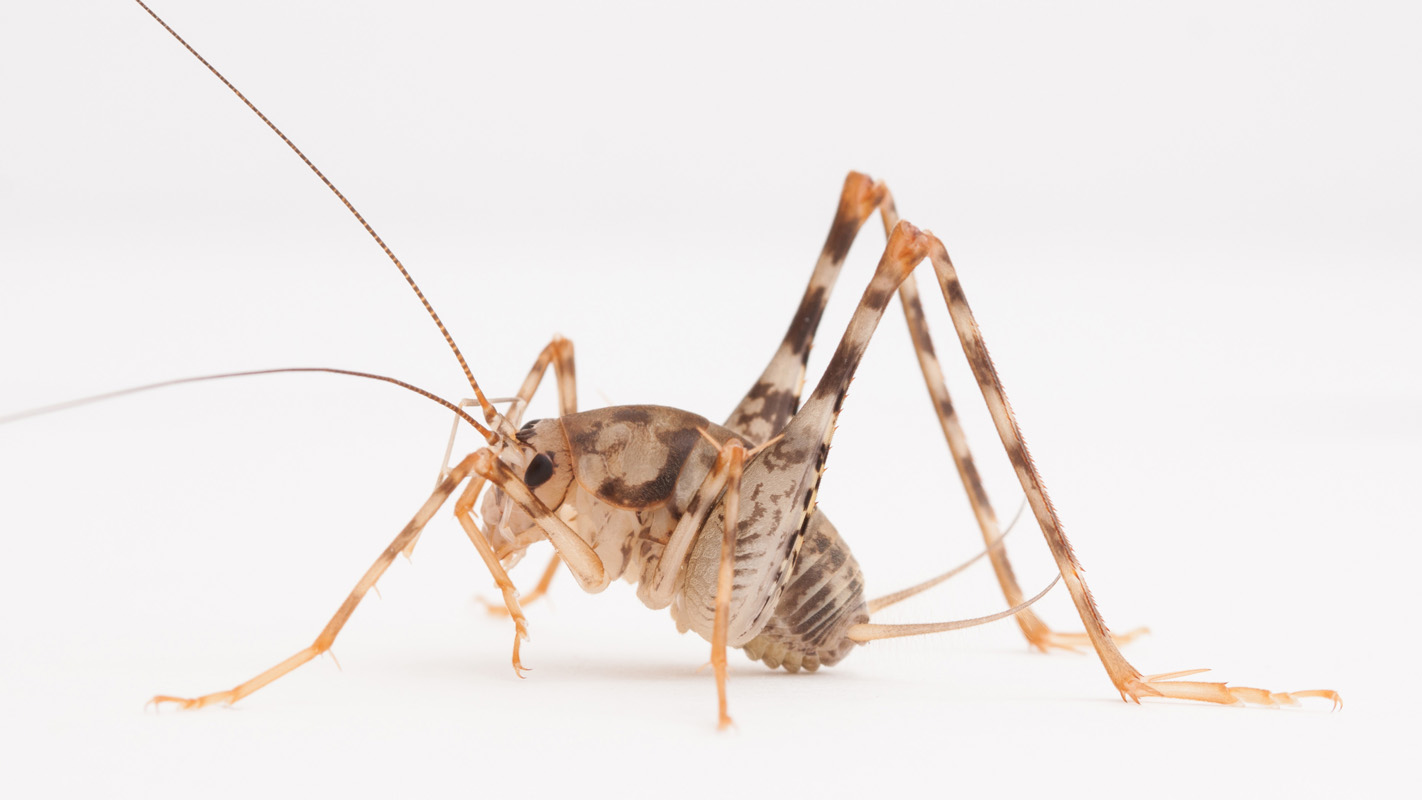
Asian Camel Crickets Now Common in U.S. Homes
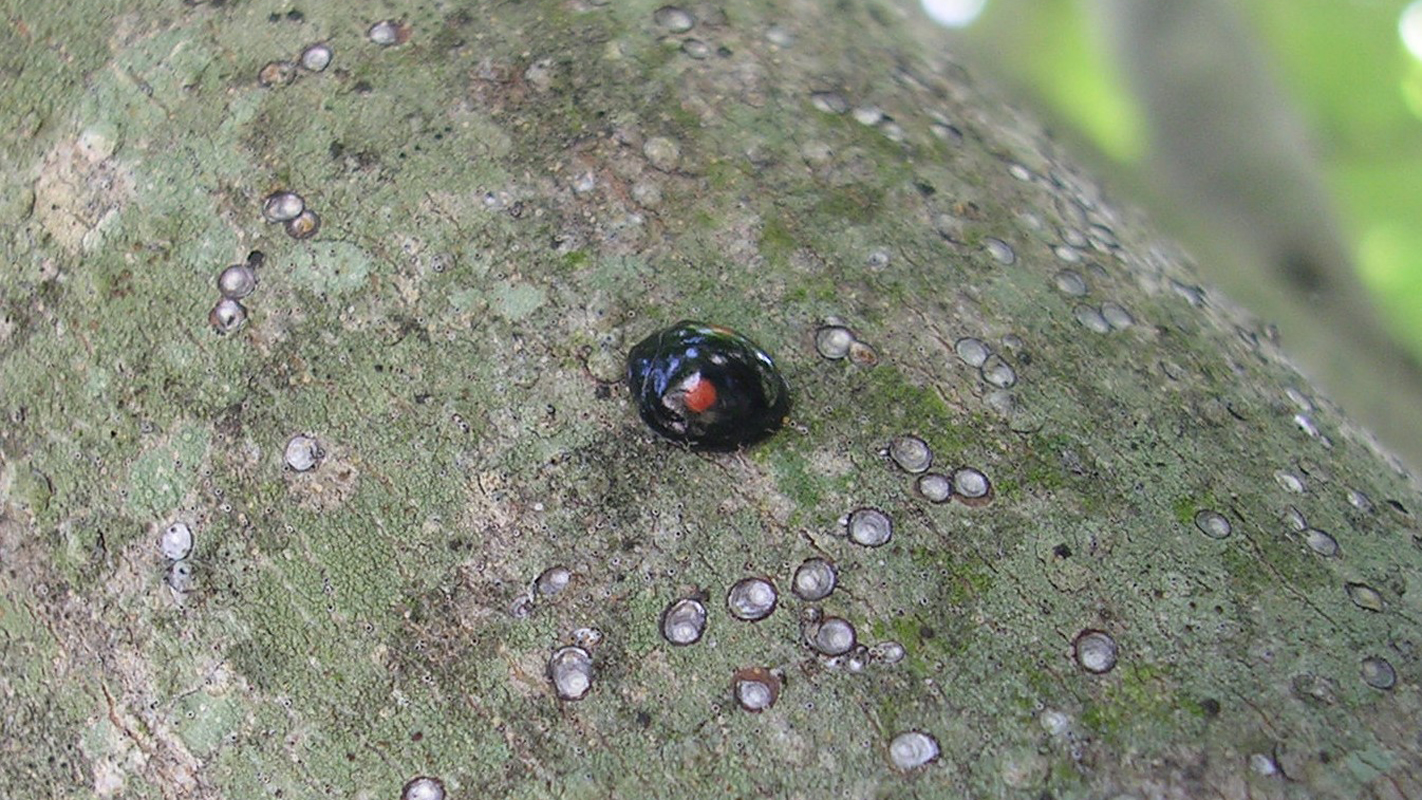
Cities as a Glimpse of the Future
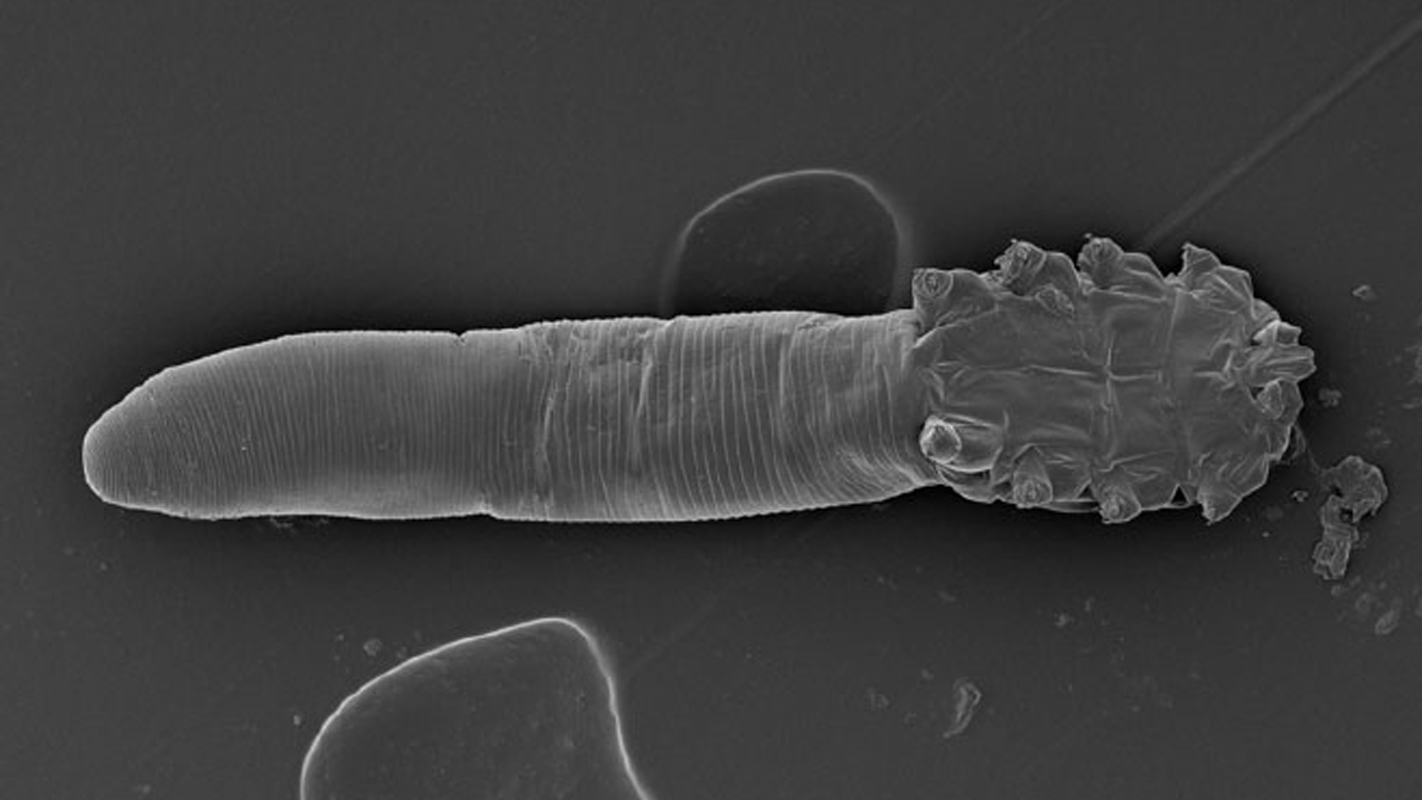
Three Things You Didn’t Know About the Arachnids That Live on Your Face
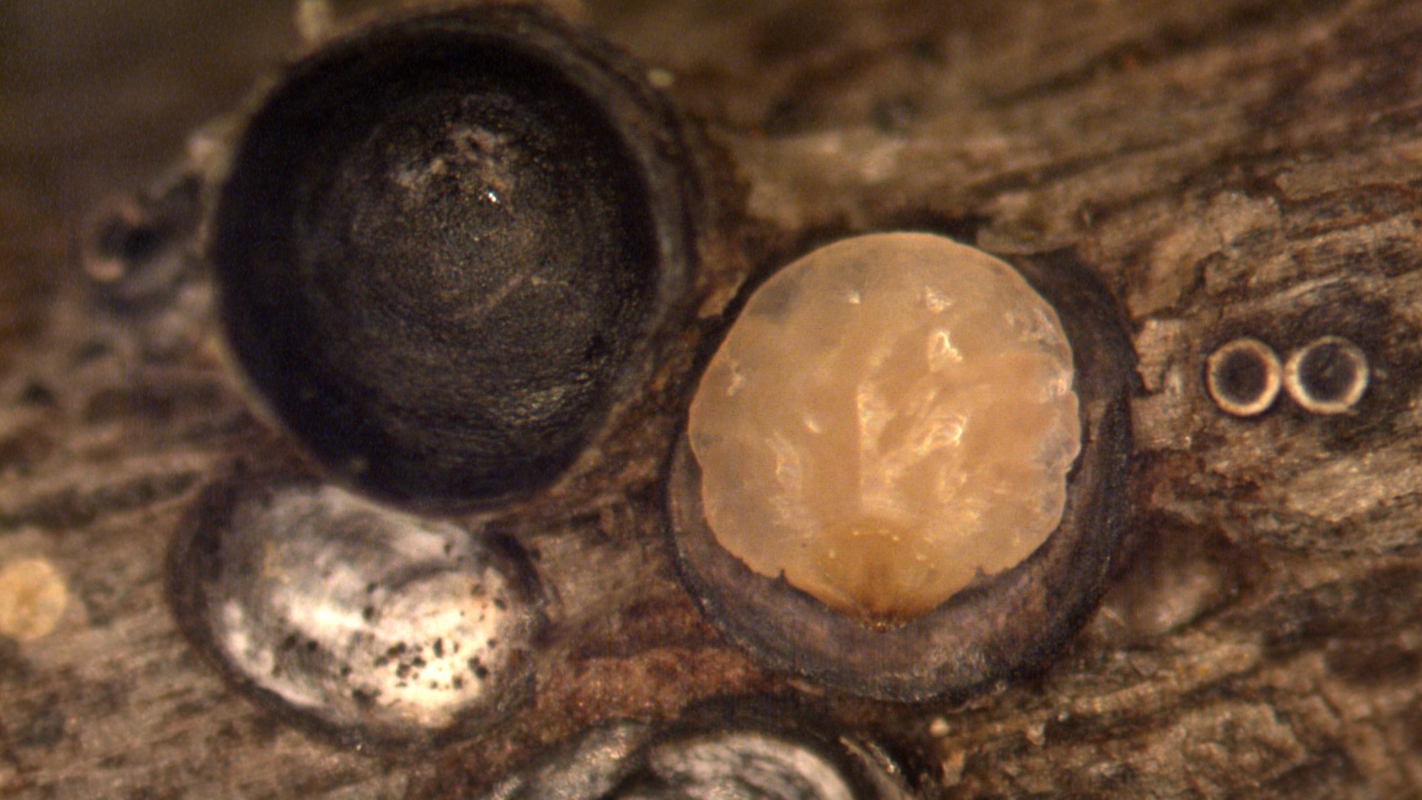
Museum Specimens, Modern Cities Show How an Insect Pest Will Respond to Climate Change

Urbanization: Good for Pests, Bad for Trees

Can ‘Sticky Bands’ Protect Your Trees From Cankerworms?
Researchers Sequence Genome of Primitive Termite
What’s Eating You?
Ants…In…Space
Nature in Your Backyard: Very Hungry Caterpillars
How Do Bees Make Honey? (It’s Not Just Bee Barf)
